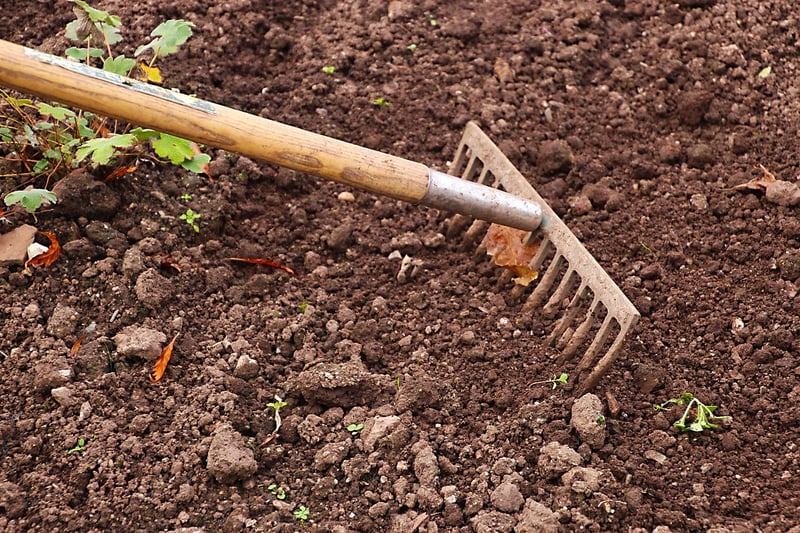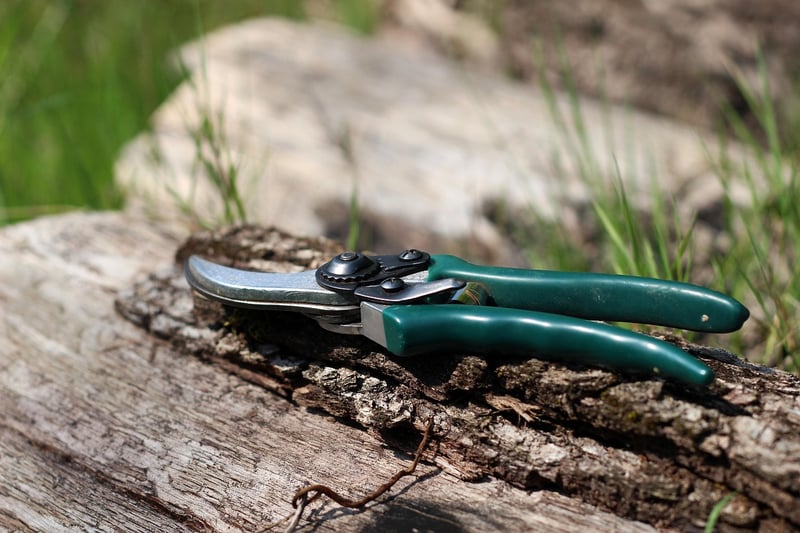Pruning Guidelines
Keeping Your Garden Healthy: Pruning Guidelines
Having a healthy garden not only enhances the aesthetics of your outdoor space but also promotes the well-being of your plants. One essential aspect of maintaining a thriving garden is proper pruning. Pruning not only helps control the size and shape of your plants but also encourages healthy growth and flowering. Here are some guidelines to help you effectively prune your garden:
1. Use the Right Tools
Invest in high-quality pruning tools such as pruning shears, loppers, and pruning saws. Sharp and clean tools make the pruning process easier and help prevent damage to your plants.
2. Know When to Prune
Understand the specific pruning requirements of each plant in your garden. Some plants benefit from pruning in the dormant season, while others require pruning after flowering. Research the optimal time to prune each type of plant to ensure you do not harm their growth.
3. Remove Dead or Diseased Branches
Regularly inspect your plants for dead or diseased branches and promptly remove them. Pruning these branches not only improves the appearance of your plants but also prevents the spread of diseases and encourages new growth.
4. Maintain Shape and Size
Prune your plants to maintain their desired shape and size. This can involve trimming back overgrown branches, shaping shrubs, and controlling the height of trees. Proper pruning helps prevent overcrowding and ensures adequate airflow and sunlight for all plants.
5. Practice Proper Technique
When pruning, make clean cuts at a slight angle just above a bud or lateral branch. Avoid leaving stubs that can invite pests and diseases. Additionally, disinfect your tools between plants to prevent the spread of pathogens.
By following these pruning guidelines, you can keep your garden healthy and thriving throughout the year. Remember that each plant has unique pruning needs, so take the time to understand the requirements of your garden's flora. Happy pruning!

